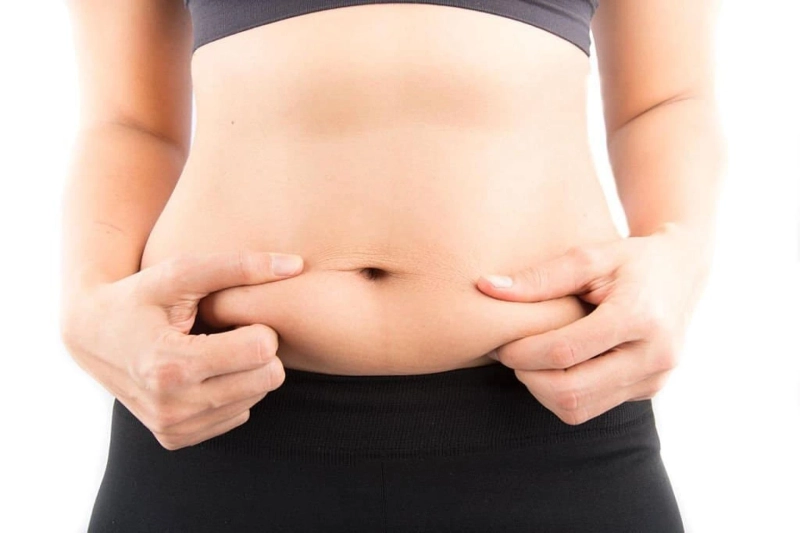Introduction:
Facial contouring has become increasingly popular in recent years, with many individuals seeking ways to enhance their facial features and achieve a more defined appearance. One procedure that has gained significant attention is buccal fat removal. This comprehensive guide aims to provide an overview of buccal fat removal, including its benefits, considerations, and the recovery process.
Understanding Buccal Fat:
Buccal fat pads are located in the lower cheeks, contributing to the rounded appearance of the face. While these fat pads serve a purpose during childhood development by providing cushioning, some individuals may find that they have excess buccal fat, resulting in a fuller or "chubby" appearance. Buccal fat removal, also known as cheek reduction surgery, aims to address this concern by removing a portion of the buccal fat pads.
The Benefits of Buccal Fat Removal:
Buccal fat removal offers several potential benefits for individuals seeking facial contouring. The procedure can help achieve a more sculpted and defined cheekbone appearance, resulting in a slimmer and more angular face shape. By removing excess buccal fat, patients can achieve a more balanced and proportionate facial contour, enhancing their overall facial features. Additionally, the results of buccal fat removal are typically permanent, providing long-lasting benefits for those seeking a more contoured appearance.
Candidacy and Considerations :
Not everyone is an ideal candidate for buccal fat removal, and it is crucial to consult with a qualified plastic surgeon to determine suitability. Candidates typically include individuals who have excess buccal fat contributing to a rounder face shape, but who are otherwise in good health. The surgeon will evaluate various factors, including facial structure, overall health, and aesthetic goals, to determine if the procedure is appropriate.
It is essential to have realistic expectations regarding the outcome of buccal fat removal. While the procedure can achieve significant facial contouring, it is not a substitute for overall weight loss or a guarantee of a particular facial appearance. The surgeon will discuss the potential risks and limitations of the procedure, ensuring that the patient has a clear understanding of what to expect.
The Buccal Fat Removal Procedure:
Buccal fat removal is typically performed as an outpatient procedure under local or general anesthesia. The surgeon makes small incisions on the inside of the cheeks, allowing access to the buccal fat pads. They carefully remove an appropriate amount of fat to achieve the desired results while ensuring a natural-looking outcome. The incisions are then closed with dissolvable sutures.
Recovery and Aftercare :
Following buccal fat removal, patients can expect some swelling and bruising in the treated area, which typically subsides within a few weeks. Pain medication may be prescribed to manage any discomfort during the initial recovery period. It is important to follow the surgeon\'s post-operative instructions, which may include dietary restrictions, avoiding strenuous activities, and practicing proper oral hygiene.
Results gradually become apparent as the swelling diminishes, with the final outcome typically visible within a few months. It is crucial to maintain regular follow-up appointments with the surgeon to ensure proper healing and address any concerns that may arise.
Conclusion
Buccal fat removal is a cosmetic procedure that offers individuals the opportunity to enhance their facial contour and achieve a more defined appearance. By removing excess buccal fat, patients can achieve a slimmer and more sculpted facial structure, enhancing their overall facial features. However, it is important to consult with a qualified plastic surgeon and have realistic expectations regarding the outcome of the procedure. Through careful consideration, proper planning, and



